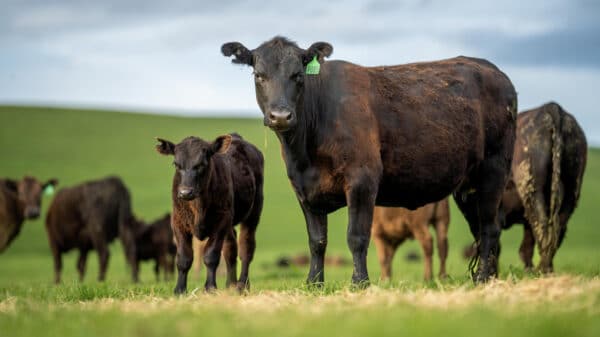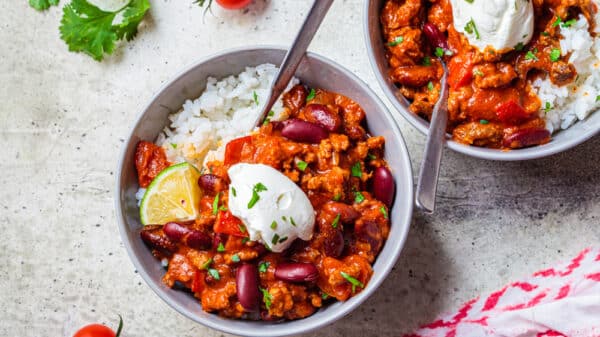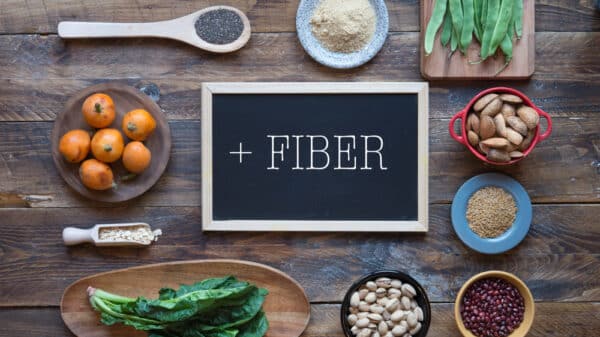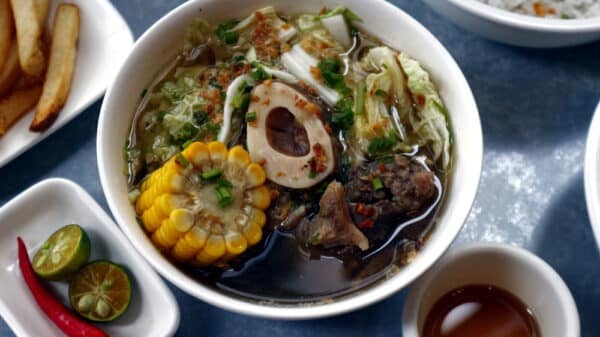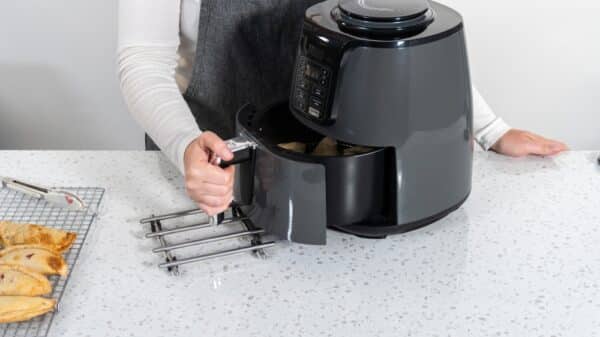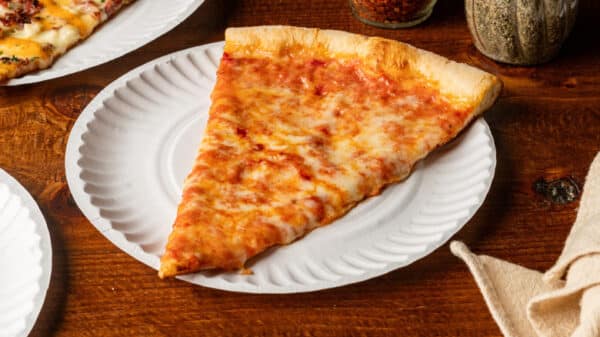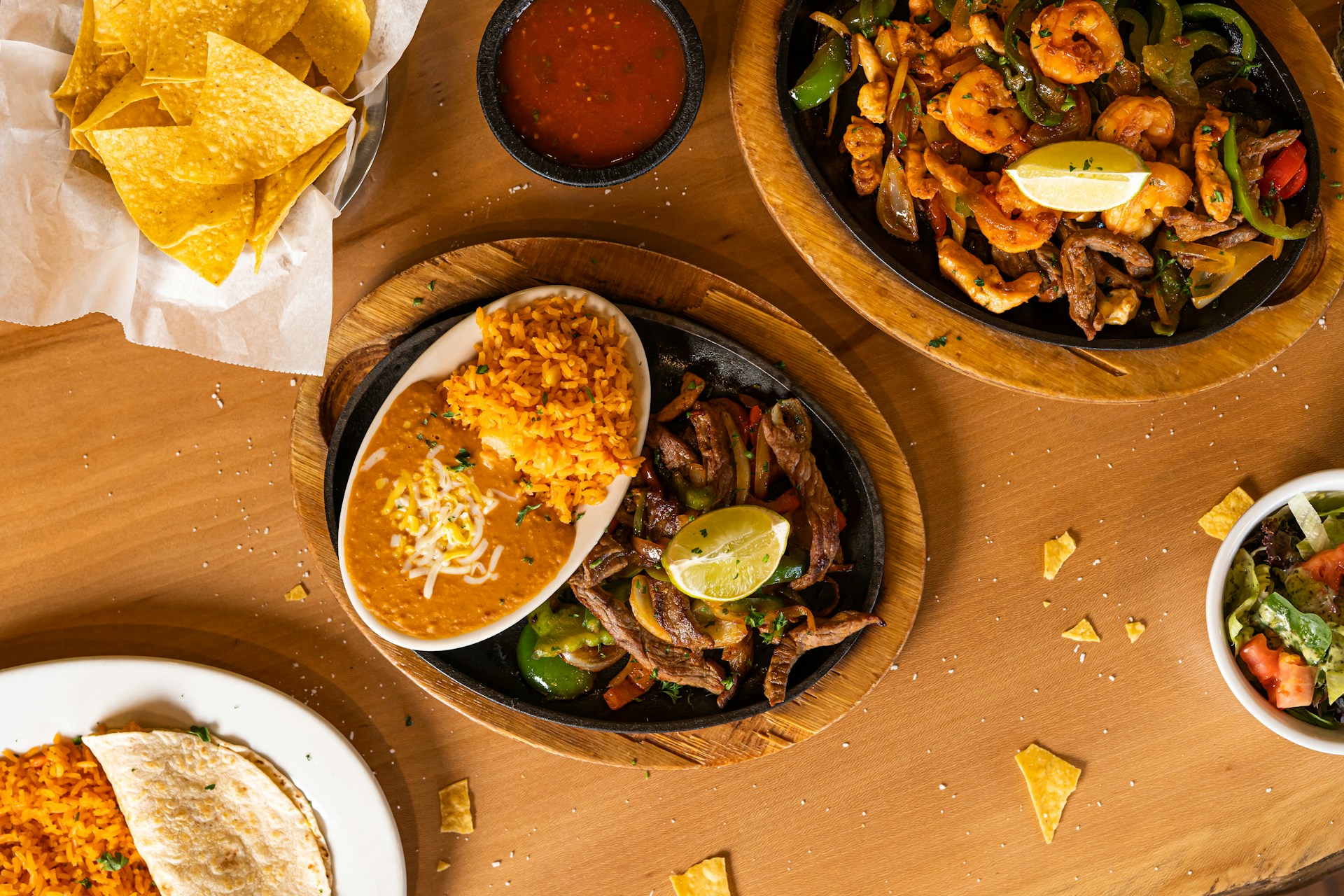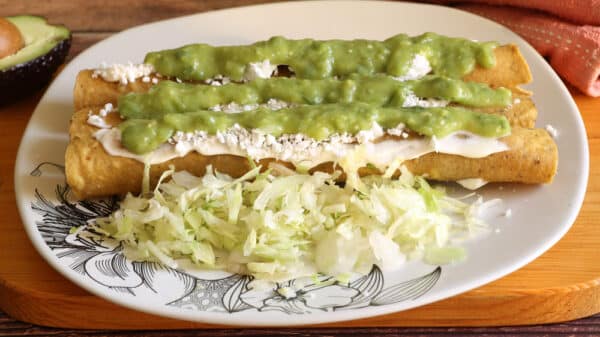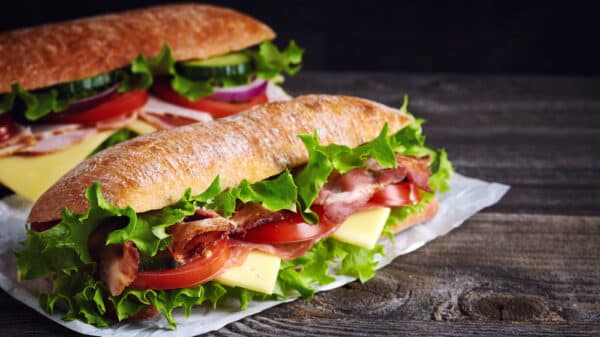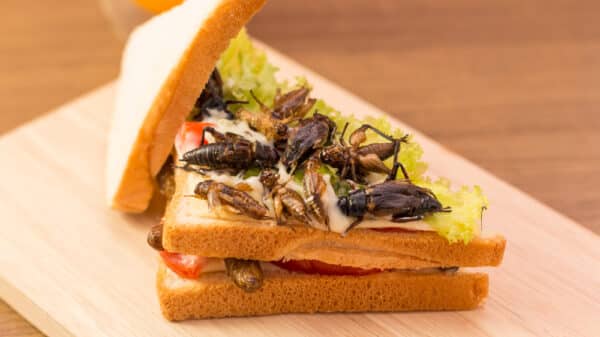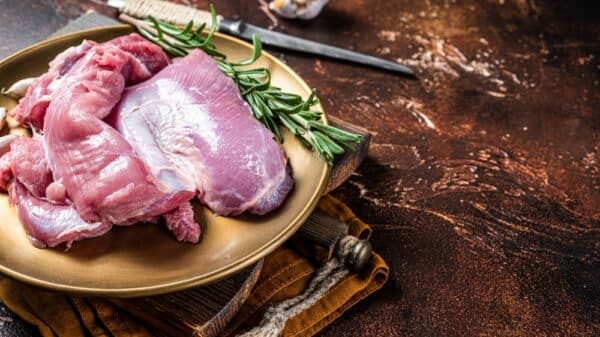Fajitas often steal the spotlight in Mexican restaurants, not just for their taste but also for the theatrical experience they bring. The sight of a waiter carefully carrying that sizzling platter can indeed tug at the heartstrings of any food lover. Yet, there’s a way to bring that enticing experience straight to your kitchen.
Choosing Quality Cuts of Meat
In the world of fajitas, selecting the right cut of meat is crucial. Top chefs agree that the quality of meat makes a significant difference in flavor and tenderness. Valle Luna’s Jesse White emphasizes using chicken breast, shrimp, steak, and center-cut pork loin strips. Each of these brings a unique profile to the dish.
Arnie Segovia, known for his robust fajita recipes, swears by skirt steak, with flank steak and flap meat following closely behind. Sirloin is also a popular choice in many kitchens for its ideal balance of taste and texture. Segovia stresses the importance of purchasing high-quality cuts, suggesting that home cooks opt for prime or choice-grade meats to ensure a satisfying meal.
Preparing the Meat: Trimming and Cutting Techniques
Once you’ve chosen your meat, the preparation stage is just as important. Trimming off any silverskin or gristle will elevate your dish significantly. White advocates for this step, noting that it enhances both the texture and the overall eating experience.
When it comes to cutting, the technique can drastically affect the tenderness of the meat. Segovia recommends slicing against the grain and on the bias. This method reduces the length of the muscle fibers, creating a softer bite. For those who might not feel confident in their knife skills, practicing proper techniques can lead to improvements in not just fajitas, but all your culinary endeavors.
Mastering the Marinade
A well-executed marinade can transform a simple piece of meat into something extraordinary. It’s not merely about flavor; marinating is essential for tenderizing as well. Both chefs agree on the effectiveness of using pineapple juice, which contains enzymes that break down tough fibers. By marinating for at least 24 hours, White’s fajita recipes achieve optimum tenderness.
Segovia also highlights alternative tenderizing agents such as papain from papayas or bromelain from pineapples. These natural options not only help with texture but also add layers of flavor that can take your fajitas to the next level.
Final Thoughts
Recreating the magic of restaurant-style fajitas at home may seem daunting, but by focusing on the quality of your ingredients and employing proper techniques, anyone can achieve delicious results. Whether you lean towards steak or prefer the sweetness of shrimp, the right preparation can make all the difference. With these tips, you’ll find yourself bypassing the restaurant altogether, savoring your very own sizzling fajitas right from your kitchen.
Image Source: Unsplash

